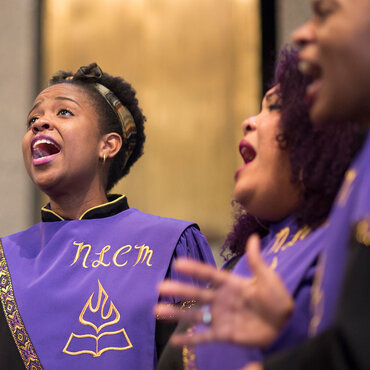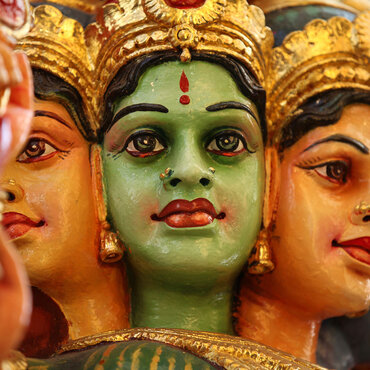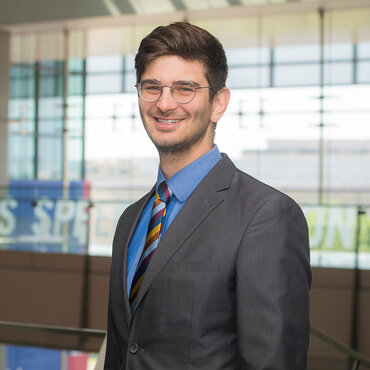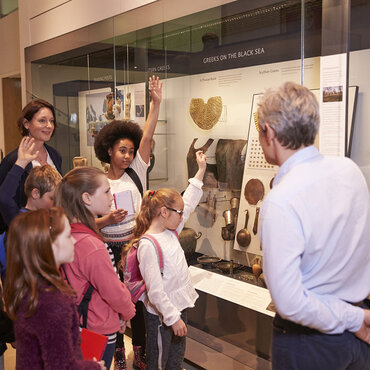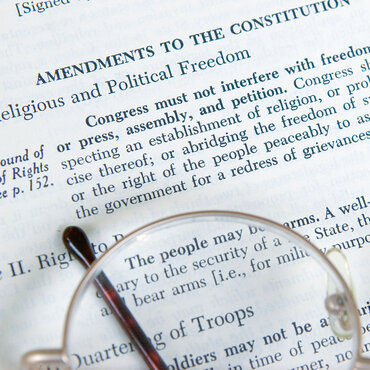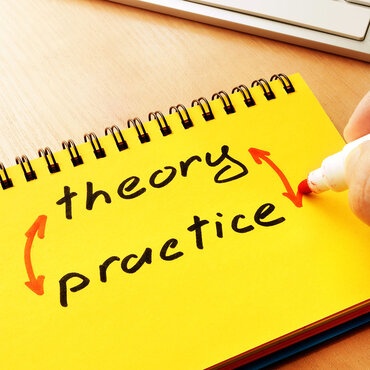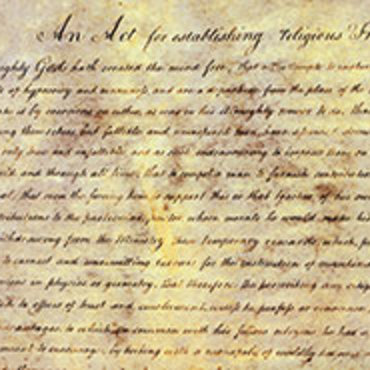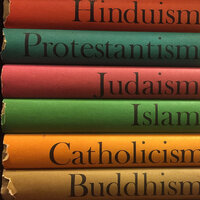
Critiquing World Religions
Many religious scholars dislike the term “world religions” when utilized to describe survey religion courses. They argue these classes primarily rely on a classification system rooted in Protestant Christianity and often characterize non-Protestant Christian faith traditions as not only “other,” but also homogenous, and unchanging over time. This module analyzes the shortcomings of the world religions model. What’s more, it suggests how these deficiencies can be addressed in classrooms constrained by time and resources.
Get even more great free content!
This content contains copyrighted material that requires a free NewseumED account.
Registration is fast, easy, and comes with 100% free access to our vast collection of videos, artifacts, interactive content, and more.
NewseumED is provided as a free educational resource and contains copyrighted material. Registration is required for full access. Signing up is simple and free.
With a free NewseumED account, you can:
- Watch timely and informative videos
- Access expertly crafted lesson plans
- Download an array of classroom resources
- and much more!
- Religious Literacy
- Educator
Benjamin P. Marcus is a fellow and former Religious Literacy Specialist with the Religious Freedom Center of the Freedom Forum Institute, where he examines the intersection of education, religious literacy and identity formation in the United States. He has developed religious literacy programs for public schools, universities, U.S. government organizations, and private foundations in the U.S. and abroad.
Andrew Henry is scholar of religious studies. His research focuses on the religions of the late ancient Mediterranean world, particularly on the material culture of early Christianity. Andrew also has interests in the intersection of social media technology and religious studies pedagogy and is the founder of the educational YouTube channel Religion for Breakfast.
- Identify problems with the term “world religions” and the idea of a “world religions paradigm.”
- Reflect on approaches for addressing the ‘world religions paradigm” with students.
- Christopher R. Cotter and David G. Robertson, “Introduction: The World Religions Paradigm in Contemporary Religious Studies,” in After World Religions: Reconstructing Religious Studies, ed. Christopher R. Cotter and David G. Robertson (New York: Routledge, 2016). *Required: pgs. 1-5; 9-13; other pages are recommended
- Tara Baldrick-Morrone, Michael Graziano and Brad Stoddard, “‘Not a Task for Amateurs’: Graduate Instructors and Critical Theory in the World Religions Classroom,” in After World Religions: Reconstructing Religious Studies, ed. Christopher R. Cotter and David G. Robertson (New York: Routledge, 2016), 37-47.
- “What Does it Mean to Be Religious?” by Andrew Henry, Religion for Breakfast
- “In both historical and contemporary times, definitions of religion are often too narrow to cover all of those who, although not consciously belonging to any defined religious organization, are ‘religious’ in their daily lives.” (Yao, Xinzhong (2010). Chinese Religion: A Contextual Approach. London: A&C Black. p. 9.) Explore the interactive world map with this quote in mind. What other errors might stem from a framework of “world religions”?
- How has this critique made you think differently about different categories of religion?
- What are the challenges of trying to categorize and display religions in a form such as the map above?
- How could you introduce or employ a critique of the world religions paradigm in your curriculum?


